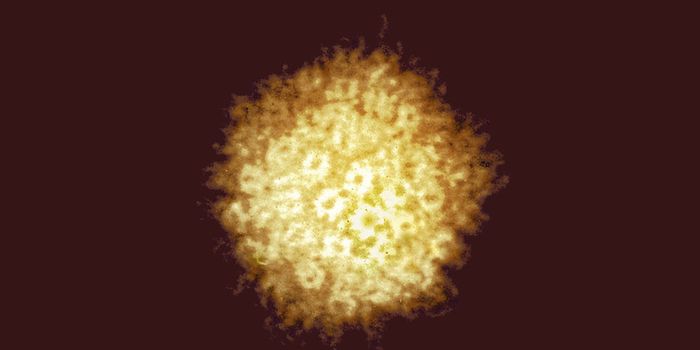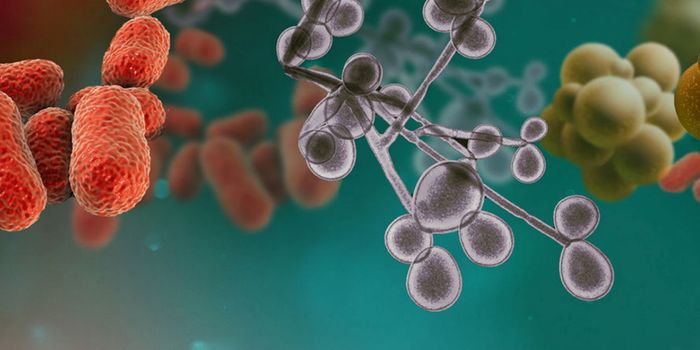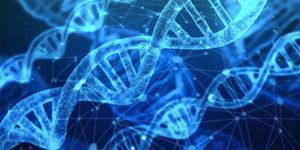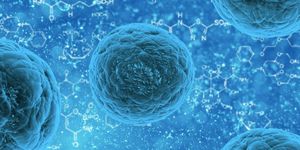Harmless Microbes Can be Pressured to Turn Bad
The world is full of microorganisms. Luckily, most pose no threat to us. But some harmless bacteria have the potential to become extremely dangerous. For many years, scientists have been studying how and why microbes turn deadly. In new research, scientists have analyzed bacteria that called Vibrio vulnificus that live naturally in the Indian River Lagoon of East Central Florida, and usually, they don't pose any threat. But, sometimes, they can turn into flesh-eating bugs.
This work, which indicated that multiple environmental pressures can push bacteria to become pathogenic, has been reported in the Proceedings of the National Academy of Sciences (PNAS). This study could help researchers learn more about other bacteria that have the potential to cause disease.
"From COVID to V. vulnificus, the emergence of human pathogens is one of the most concerning public health issues facing us," said lead study author Salvador Almagro-Moreno, an assistant professor of medicine at the University of Central Florida. "But we know surprisingly very little about what triggers the change from harmless to deadly. We want to answer that question using aquatic pathogens such as the agent of cholera or V. vulnificus as model systems."
Not every strain of V. vulnificus poses a problem. However, if one of the nasty strains of a V. vulnificus infection takes hold in a wound, the flesh around it can begin to die, a process known as necrotizing fasciitis. Oysters can also be contaminated with the bacteria, and if they're eaten raw, it can cause serious complications in people with other health issues like diabetes.
In this study, the researchers gathered different samples from the lagoon in 2018 and 2019, and assessed the impact of influences like pollutants, the presence of other microbes, or algae, for example. The scientists also created an assay that could quickly screen samples to isolate V. vulnificus and differentiate between the strains that are harmful to people and those that aren't. The research suggested that several environmental influences like nutrient availability and salinity are linked to the pathogenic potential of these microbes.
"Our results indicate how ecosystems may be generating pressures that facilitate the emergence of specific strains with pathogenic potential within a natural population," said Almagro-Moreno. "We now have evidence that the environment plays a most critical role in shaping the emergence of this pathogen."
Sources: University of Central Florida, PNAS









